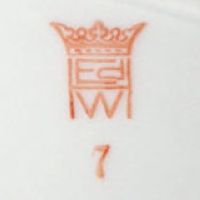
Image 010255-01-01
Used between 1913 and 1928.
(Picture: Dieter Jakubowski)
The founder of the factory and councilor to the board of commerce Eduard Haberländer had been planning a porcelain factory in Windischeschenbach since 1906, however it took until 1913 before he could finally realize his plans. First production started in 1916 and was restricted to staple commodities, the product range was cheap and simple and production capacity was still very low.
During 1929 the factory was taken over by Porzellanfabrik Oscar Schaller & Co. Nachfolger located in Schwarzenbach (Saxony-Anhalt), which at that point was a branch of the Gebrüder Winterling OHG in Röslau (Upper Franconia, Bavaria). Based on a new concept, products under the Eschenbach brand were changed. Up until 1935, the status of quality porcelain had been established, resulting in a strong economic upturn. But World War II left scars even in Windischeschenbach. The reason that only a small range of china from the 1913 to 1945 period still exists is that all china design ranges as well as all brochures and leaflets and nearly all company documents and correspondence were lost during the eviction by American soldiers. To get production on the way again, the factory used molds from the defunct Porzellan-Manufaktur Allach-München GmbH and the resulting product range of course mostly included ornamental plates and tableware. For the first ten years after World War II, the factory went through an extensive expansion and modernization process with a later total of five tunnel kilns without a loss of production capacity.
In 1950, the Winterling company had corporation status and gave out shares, the main shareholders being the Winterling family members. All daughter companies were re-named to Gebrüder Winterling AG and most marks used up until then were changed. Next to normal household products, the factory started to specialize on hotel porcelain and around 1977 employed approximately 700 workers.
After the bankruptcy of the Winterling AG in November 2000, the assets were taken over by the Triptis Porzellan GmbH & Co. KG located in Triptis (Thuringia). The factory produced high quality household and hotel porcelain under the trademark Eschenbach Porzellan. The Triptis management seemed only to be interested in the trademarks related to the Windischeschenbach facility and closed the factory in December 2003. But a company can not survive alone with a bunch of trademarks and it soon became obvious that the Triptis management had bitten off more than they could chew. Confronted with large scaled financial problems, Triptis themselves became insolvent on October 7th 2004 and had to file for bankruptcy a month later. In June 2005, the Triptis company was re-established as Neue Porzellanfabrik Triptis GmbH and continued business, please view the Triptis entry for further info.
Items which carry an additionalBaronet China mark were products made for the US importer/distributor Fisher, Bruce & Co. (Philadelphia, Pennsylvania).

Image 010255-01-01
Used between 1913 and 1928.
(Picture: Dieter Jakubowski)
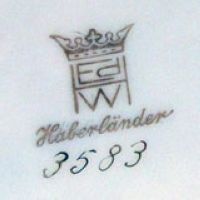
Image 010255-01-02
Used between 1913 and 1928, here in gold.
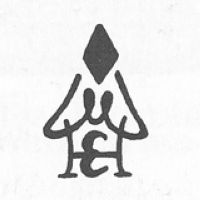
Image 010255-01-03
Used between 1913 and 1928.
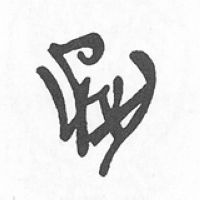
Image 010255-01-04
Used between 1913 and 1928.
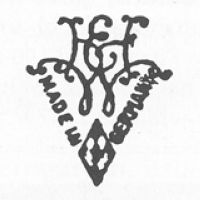
Image 010255-01-05
Used between 1913 and 1929.
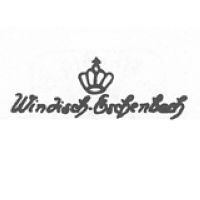
Image 010255-02-01
Used after 1930, registered at the RWZR under №·422·872 on August 28th 1930. It was barely used; the shorter "Eschenbach" took its place.
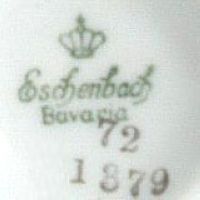
Image 010255-02-03
No dates known, green under glaze.
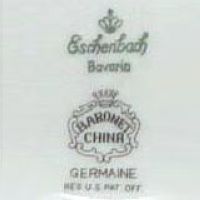
Image 010255-02-04
No dates known, here on a "Baronet" piece.
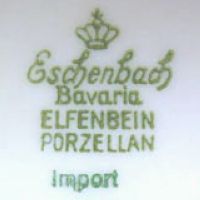
Image 010255-02-05
No dates known, here with the "Import" mark on a piece exported to Poland.
(Picture: Jonas Caspersson)
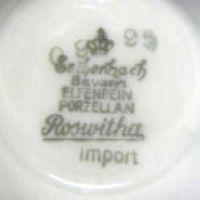
Image 010255-02-06
No dates known, here with "Bavaria, Elfenbein Porzellan" and the "Import" mark on a piece exported to Poland.
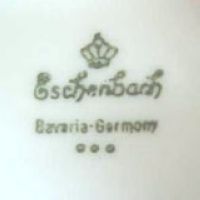
Image 010255-02-07
No dates known, note that the cross on top of the crown is missing. Note the "Bavaria-Germany" addition.
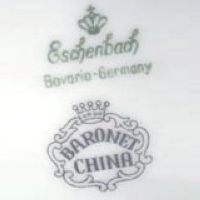
Image 010255-02-08
No dates known, note "Bavaria-Germany".
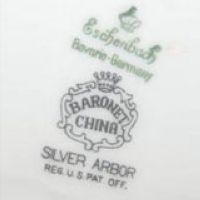
Image 010255-02-09
No dates known, note "Bavaria-Germany".
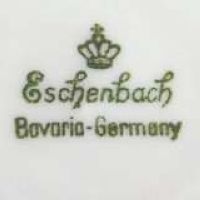
Image 010255-02-10
No dates known, here with "Bavaria-Germany".
(Picture: LeeAnn Gates)
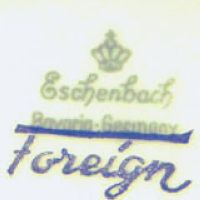
Image 010255-02-11
No dates known, here with "Bavaria-Germany" and additional "Foreign" mark.
(Picture: Janice Hingston)
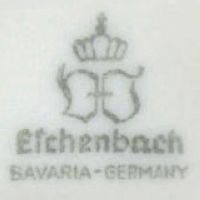
Image 010255-02-12
Used between around 1930 and 1950. Between 1946 and 1949 this mark was used with a "Germany, US Zone" addition placed elsewhere on the piece.
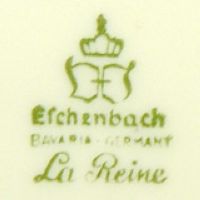
Image 010255-02-13
Used between around 1930 and 1950, here with the series name "La Reine".
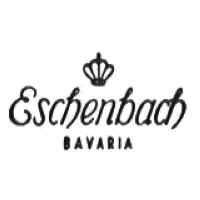
Image 010255-02-15
Used between 1935 and 1945, green under glaze and with "Bavaria" in capitals.
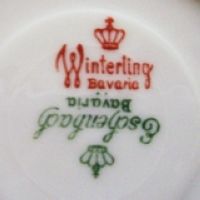
Image 010255-02-16
Used between around 1940 and 1945, hard to find version with red "Winterling Bavaria" addition.
(Picture: Merle)
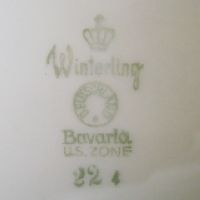
Image 010255-02-17
Used between 1946 and 1949, with "Germany, US Zone".
(Picture: Jose R. Reyes)
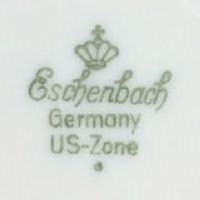
Image 010255-02-18
Used between 1946 and 1949, with "Germany, US Zone".
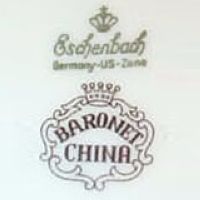
Image 010255-02-19
Used between 1946 and 1949, with "Germany, US Zone", here on a "Baronet" piece.
(Picture: Fran Kerbs)
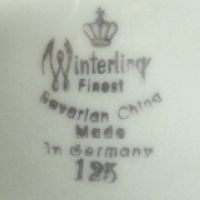
Image 010255-03-01
Used around 1950 on export items only, "Winterling" above "Finest Bavarian China".
(Picture: Ron McCutchan)
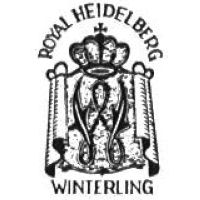
Image 010255-03-02
Used after 1950, the "Royal Heidelberg" mark.
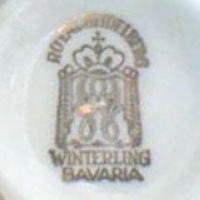
Image 010255-03-03
Used after 1950, gold version.
(Picture: Gwenda Tyas)
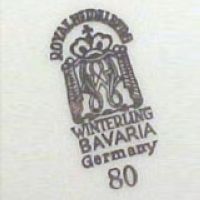
Image 010255-03-04
Used after 1950, same as before only with additional "Germany".
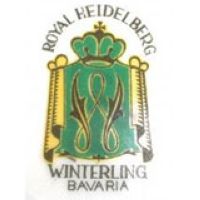
Image 010255-03-05
Used after 1950, color version with "Bavaria".
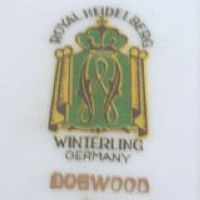
Image 010255-03-06
Used after 1950, same as before only with "Germany" and series name "Dogwood".
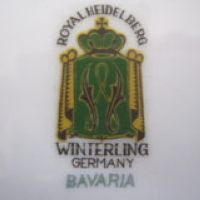
Image 010255-03-07
Used after 1950, peculiar version with "Germany" and additionally stamped "Bavaria".
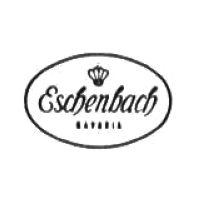
Image 010255-03-08
Used from 1970 onwards.
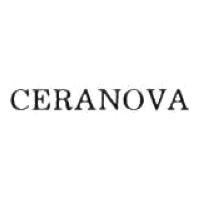
Image 010255-03-09
Used from 1977 onwards.
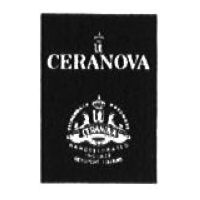
Image 010255-03-10
Used from 1977 onwards.
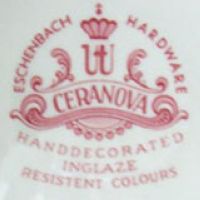
Image 010255-03-11
Used from 1977 onwards.
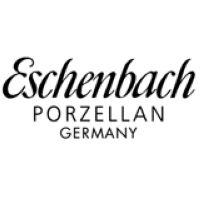
Image 010255-04-01
Used from 2000 until 2003.
© 2004-2025 C.S.Marshall, all rights reserved